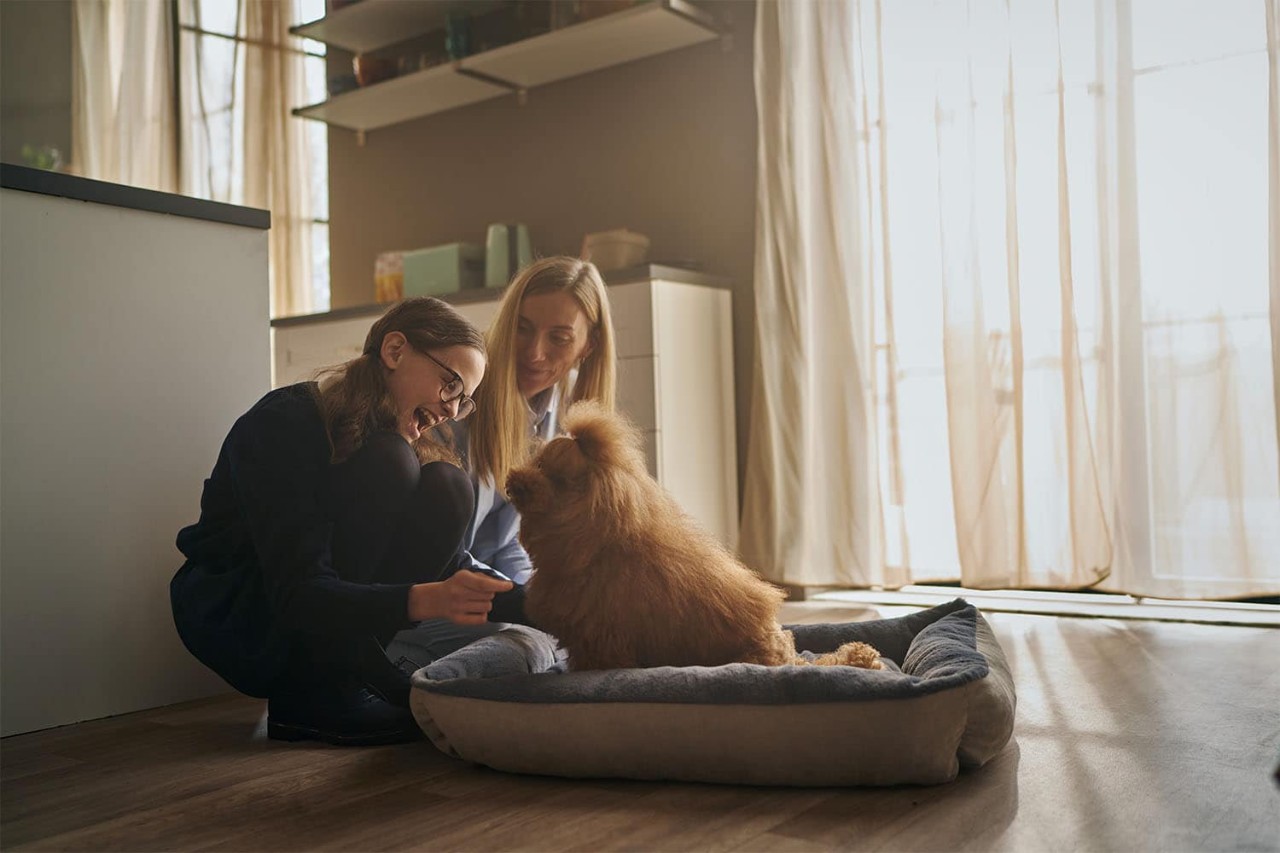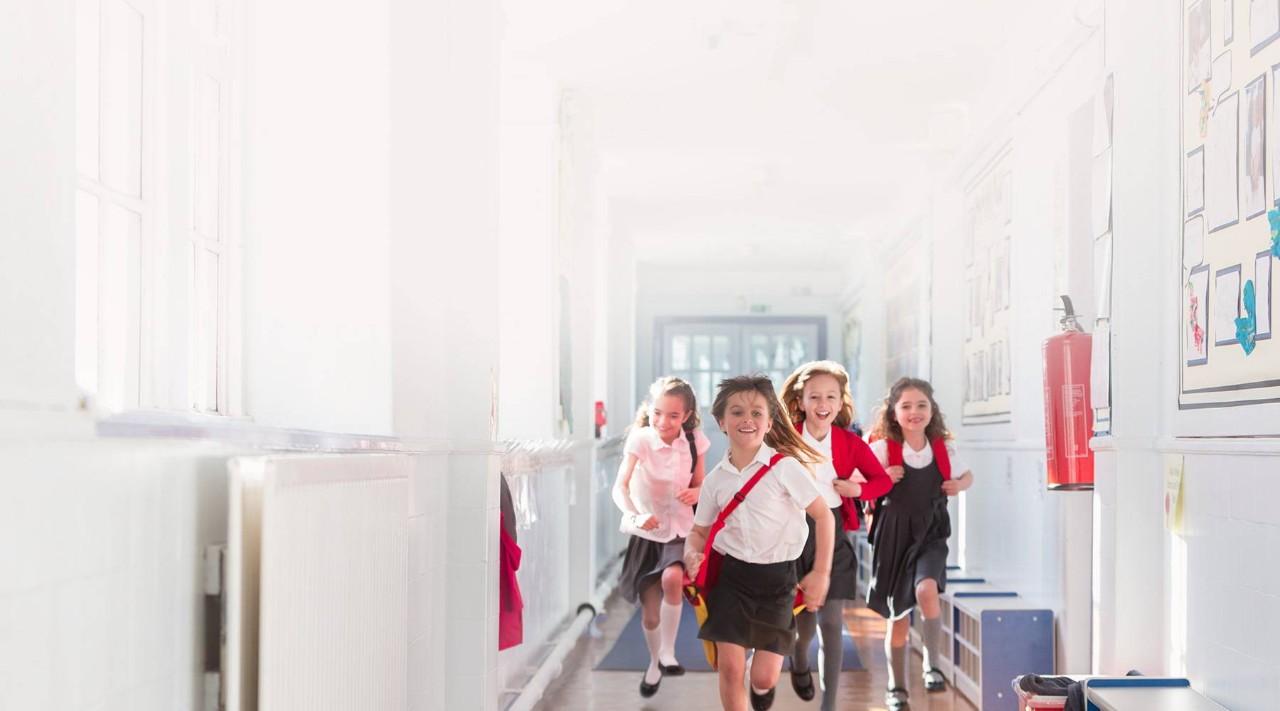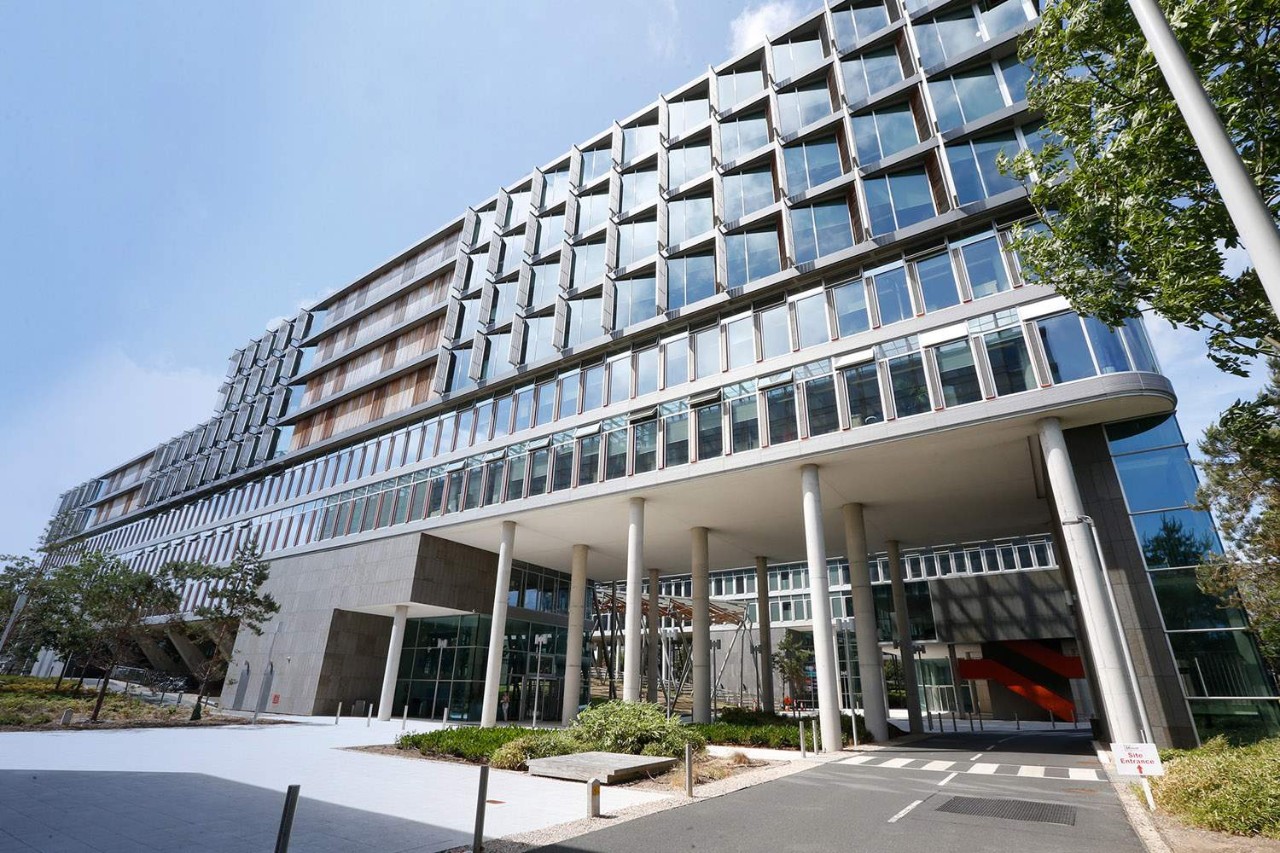Improving your home’s Building Energy Rating (BER) will have a positive impact on your pocket, your property, and the planet.
By improving the BER of your home you can reduce your energy and heating costs, make your home warmer and more comfortable, and reduce your carbon footprint. It can even increase its resale value, too.
What is a BER?
The BER measures the performance of your building fabric — the roof, walls, windows, floors and doors of a building*. It is also calculated through energy use for hot water, heating and lighting.
The rating is on a sliding scale from A to G. Homes that are rated A1 are the most energy-efficient. Homes that are rated G are the least energy-efficient. A-rated homes cost less to heat than G-rated homes.
The BER is different to your energy usage. Practising energy-efficient habits can also help you save money and reduce your carbon emissions. If you are looking for ways to reduce the amount of energy your home uses, have a read of our blog post: How to Make your Home Energy Efficient.
How do I find out about my home's BER?
You’ll find your home’s BER on its Building Energy Rating certificate*. If your home doesn’t have a BER cert, an independent assessor can carry out a BER. Independent assessors are registered with the Sustainable Energy Authority of Ireland (SEAI). An independent assessor will give you an Advisory Report along with the BER cert. The Advisory Report will recommend the best energy-saving improvements for your building. If you don’t have a BER cert, you are required to get one if you are selling or renting your house.
How to improve your home’s BER
There are lots of ways of improving your home’s BER. Some are labour intensive and more expensive, but there are some relatively quick and easy things you can do to get started.
The big improvements
1. Improve your home’s insulation
Getting the attic and walls insulated will have a big impact on the BER, and in keeping your home warm and reducing your heating bills. Depending on your attic space and wall type, there is a variety of insulation materials from which to choose. This is one of the bigger jobs to do, and it can be costly, but remember, you are investing in your home and adding value. There are also a number of SEAI grants available to help with these upgrades.
2. Upgrade your home’s heating system
Replace old, inefficient boilers with a more energy-efficient one — like a combi-boiler — or with a heat pump that uses renewable energy. It’s also important to get your boiler serviced once a year. Whilst you are doing this improvement, you should also consider installing heating controls that use a wall thermostat or a thermostatic radio valve. Again, there are SEAI grants to help with these upgrades.
3. Install Renewable Energy Systems
Once you’ve increased your home’s insulation and upgraded the heating system, you can start installing rooftop solar panels. Solar thermal systems heat your water and solar photovoltaic systems generate renewable electricity for your home. Both will reduce your energy consumption, reduce your greenhouse gas emissions and reduce your utility bills. There are SEAI grants available to help the installation of renewable energy systems.
The simple measures
Here are some of the more simple measures that you can take to improve your BER.
1. Draught-proof your home
Properly sealing your windows and eliminating door draughts can make a big difference to home heat loss. Simple ways of doing this include adding silicone caulk or self-stick weather sealant to windows, hanging heavy curtains over windows and doors, and adding door sweeps to seal the gaps between the bottom of doors and the threshold. When not lighting your fire, you can use a chimney balloon to reduce heat loss.
2. Insulate the hot water cylinder
Using a lagging jacket with a thickness greater than 80mm can reduce hot water storage heat loss by up to 75 per cent*. It also reduces the energy needed for heating it and reduces your bills.
3. Set a cylinder timer and thermostat
Installing a hot water cylinder timer and thermostat allows you to control the heating element so that you don’t waste energy by overheating the water. The ideal thermostat setting is 60°C. Anything higher than this wastes energy.
4. Use low-energy light bulbs
Replacing incandescent lights in your home with more energy-efficient ones, e.g., halogen, LEDs and CFL light bulbs can reduce the energy consumed by lighting by up to 85 per cent^. This reduces your electricity bills and increases your BER.
As you can see, there are plenty of big and small changes you can do to improve your home’s BER. Some are more expensive than others, but there are SEAI grants available to help you with some of the costs. But even small, simple measures will make a difference to your pocket, property and the planet.
This guidance is for general information purposes only.
Sources:
https://www.bercert.com/index.cfm?page=about/index&q=how-to-improve-your-ber-rating
^https://www.electricireland.ie/news/article/why-you-should-make-the-switch-to-led-light-bulbs





